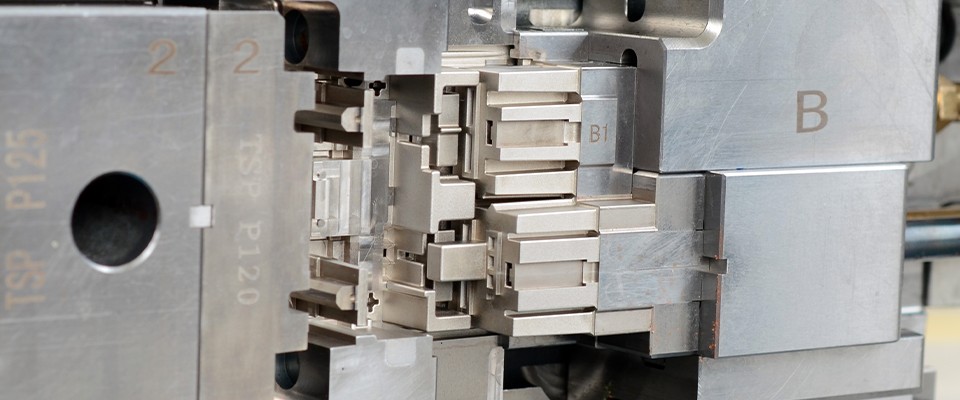The telecommunications industry is undergoing rapid evolution, driven by advancements in technologies like 5G, fiber optics, and wireless communication. These innovations are reshaping global communication networks, increasing data speeds, and enhancing connectivity. At the core of these systems are connectors, which play an indispensable role in ensuring reliable signal transmission and seamless data communication. This article explores the crucial role of connectors in telecommunications infrastructure, and how they help optimize performance and support the ever-growing demand for faster, more efficient communication systems.
The Current State and Demands of the Telecommunications Industry
The telecommunications industry is experiencing exponential growth, with the demand for higher bandwidth, faster speeds, and more reliable connections at an all-time high. The introduction of 5G networks, the expansion of fiber-optic networks, and the widespread deployment of wireless communication technologies are all reshaping the landscape.
As the telecommunications industry continues to innovate, the need for high-quality, reliable connectors has never been greater. These components ensure stable and high-speed data transmission across various communication systems, including:
• Optical fiber connectors for high-bandwidth applications.
• Copper cable connectors for legacy infrastructure.
• RF connectors for wireless communication.
Each type of connector has unique properties that support the diverse needs of telecommunications infrastructure, ensuring optimal performance and reliability.
The Role of Connectors in Telecommunications Infrastructure
In telecommunications systems, connectors serve as the critical interface between different components, facilitating the flow of both power and data. They are essential in maintaining the stability and efficiency of communication systems by ensuring:
Reliable Signal Transmission
High-quality connectors reduce signal loss and interference, ensuring data is transmitted clearly and consistently.
High-Speed Data Communication
Connectors ensure that high-frequency signals are transmitted without significant degradation, supporting fast data rates.
Durability and Longevity
Given the demanding environment of telecommunications networks, connectors need to be durable, resistant to wear and tear, and able to perform reliably over long periods.
TSP’s connectors are engineered to meet these stringent requirements, ensuring consistent, high-performance operation across various telecommunications applications.
Connectors in 5G Networks
The rollout of 5G networks is one of the most significant developments in the telecommunications industry, promising ultra-high speeds, ultra-low latency, and greater network capacity. However, 5G’s higher data rates and lower latency requirements present challenges in terms of connectivity and signal integrity.
Connectors play a key role in supporting 5G infrastructure:
High-Speed Data Transmission
5G requires connectors that can handle faster data rates, ensuring the uninterrupted flow of data across base stations, antennas, and user equipment.
Low-Latency Communication
To minimize signal delays, connectors must be optimized for low-loss transmission, supporting the ultra-fast, real-time communication demanded by 5G applications.
Reliability
The high-density, high-frequency nature of 5G networks means that connectors need to be more reliable and capable of handling high-performance signals under challenging environmental conditions.
TSP’s connectors are specifically designed to meet the rigorous demands of 5G infrastructure, providing solutions that ensure seamless data transmission and reliable, low-latency communication.

The Importance of Fiber Optic Connectors in Telecommunications
Fiber optic communication has revolutionized the telecommunications industry by offering higher bandwidth and lower signal loss compared to traditional copper wiring. As demand for faster internet speeds and greater capacity increases, fiber-optic networks are becoming the backbone of modern telecommunications.
In fiber-optic systems, fiber optic connectors are essential for:
Stable Light Transmission
Fiber optic connectors ensure the efficient transmission of light signals, maintaining signal integrity over long distances.
High Capacity
Fiber optic connectors are designed to support high-capacity networks, facilitating the transmission of large volumes of data at speeds that far exceed traditional copper cable systems.
Reduced Signal Loss
The precision of fiber optic connectors minimizes the risk of signal attenuation, ensuring high-quality communication.
TSP’s fiber optic connectors are designed for use in high-speed telecommunications networks, offering low-loss, high-precision solutions that support the growing need for fiber-optic infrastructure.
RF Connectors in Wireless Communication
Wireless communication relies heavily on radio frequency (RF) signals, which are transmitted through antennas, base stations, and mobile devices. The stability and quality of these RF signals depend largely on the quality of the RF connectors used in the system.
Efficient Signal Transmission
RF connectors ensure that radio frequency signals are transmitted without significant signal loss, ensuring the stability and reliability of wireless communication systems.
High Bandwidth
As wireless networks evolve, especially with the deployment of 5G and IoT (Internet of Things) devices, RF connectors must support higher bandwidths to accommodate faster data transmission.
Reduced Interference
High-quality RF connectors minimize electromagnetic interference (EMI), which can degrade signal quality and affect system performance.
TSP’s RF connectors are designed to provide superior performance, supporting high-frequency applications and ensuring reliable, high-bandwidth communication in wireless systems.
TSP’s Connector Innovations and Advantages
TSP has established itself as a leader in providing high-performance connectors for telecommunications. Through continuous innovation and engineering excellence, TSP offers solutions that meet the demanding requirements of the industry.
Durability and Performance
TSP’s connectors are engineered for durability, with resistance to environmental factors such as moisture, heat, and corrosion, ensuring long-lasting performance.
Precision and Reliability
Designed with precision, TSP’s connectors offer low signal loss and high-frequency support, ensuring optimal signal integrity and data transmission.
Customization
TSP offers a wide range of connector solutions tailored to the specific needs of telecommunications networks, from fiber optic connectors to RF connectors and more.
These innovations position TSP as a reliable partner in supporting the next generation of telecommunications systems, from 5G to the Internet of Things (IoT).
Conclusion
In conclusion, connectors are a critical component of modern telecommunications systems, supporting reliable signal transmission, high-speed data communication, and overall network performance. TSP’s innovative connector solutions are designed to meet the demanding needs of the telecommunications industry, from 5G infrastructure to fiber-optic and wireless networks. As the telecommunications industry continues to evolve, TSP will remain at the forefront of connector technology, helping to drive the next generation of communication systems.







